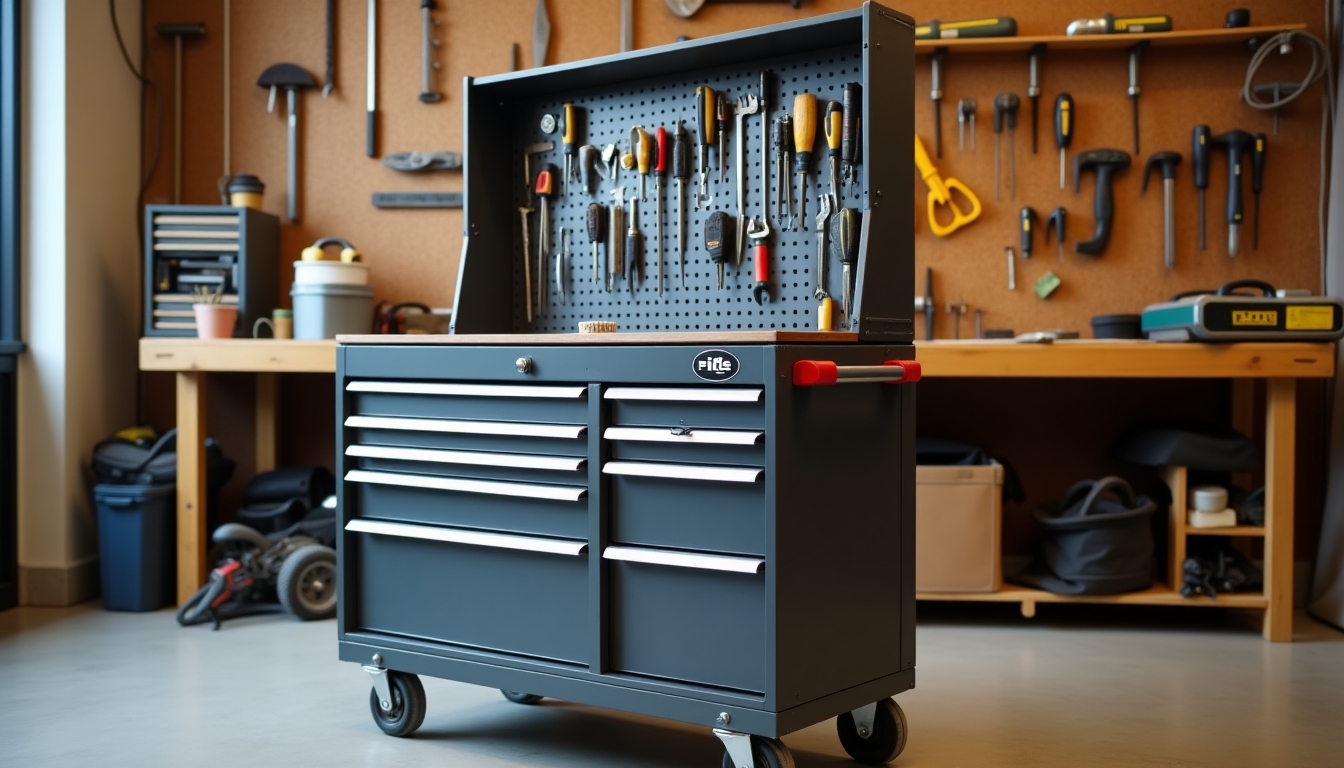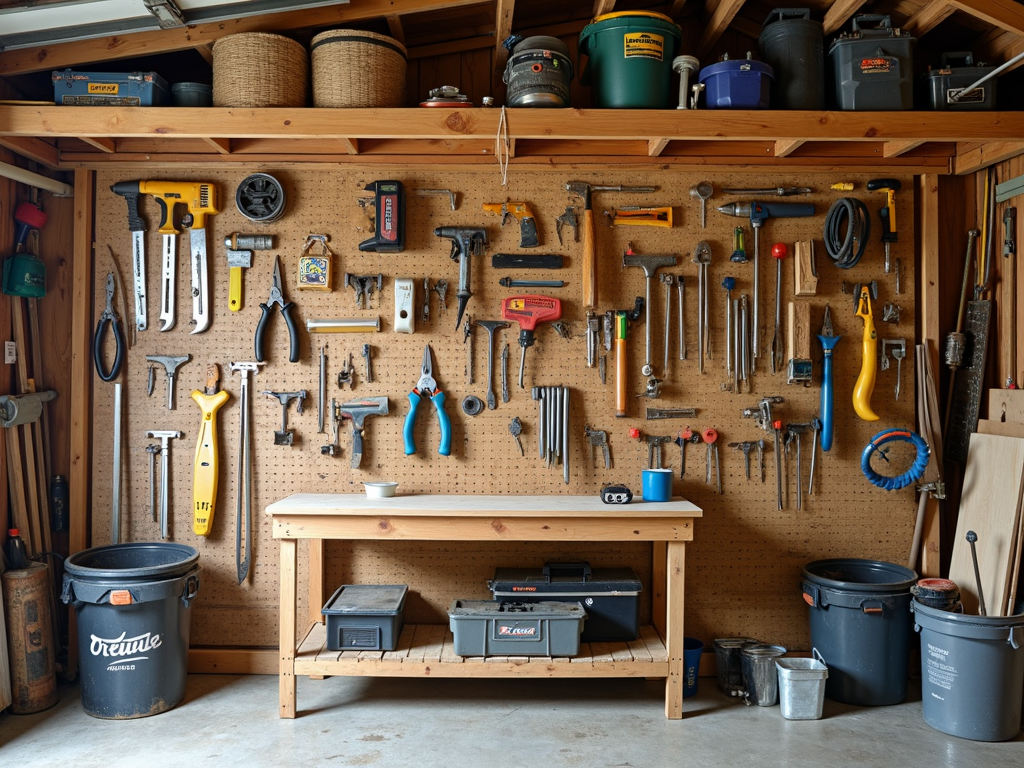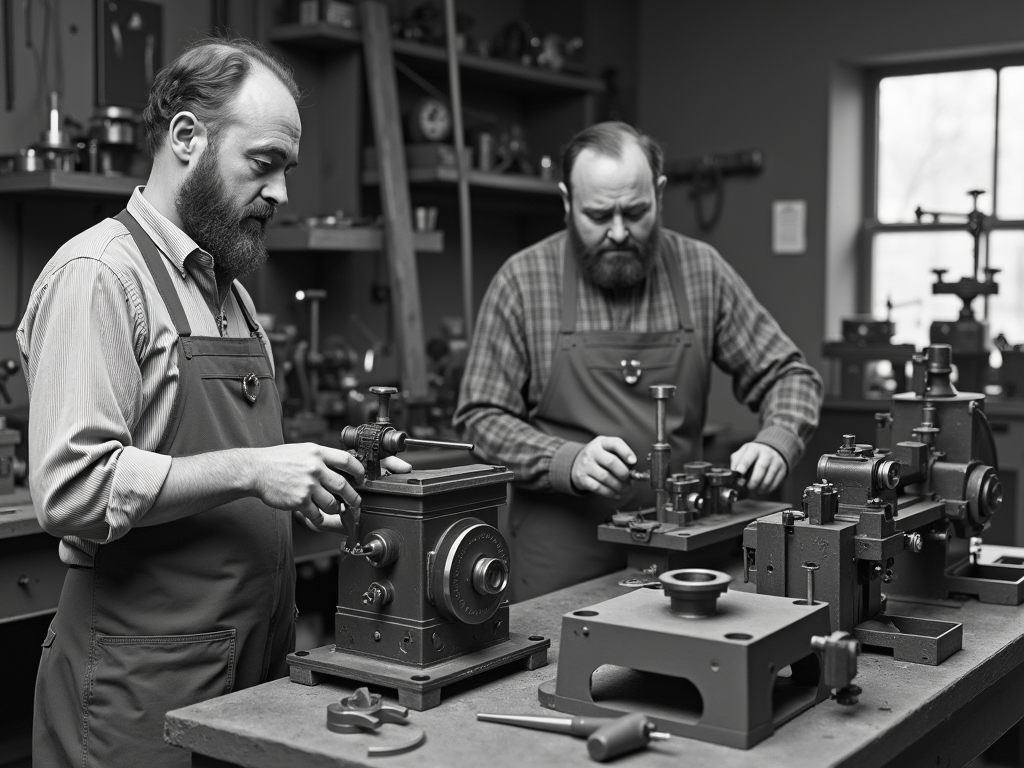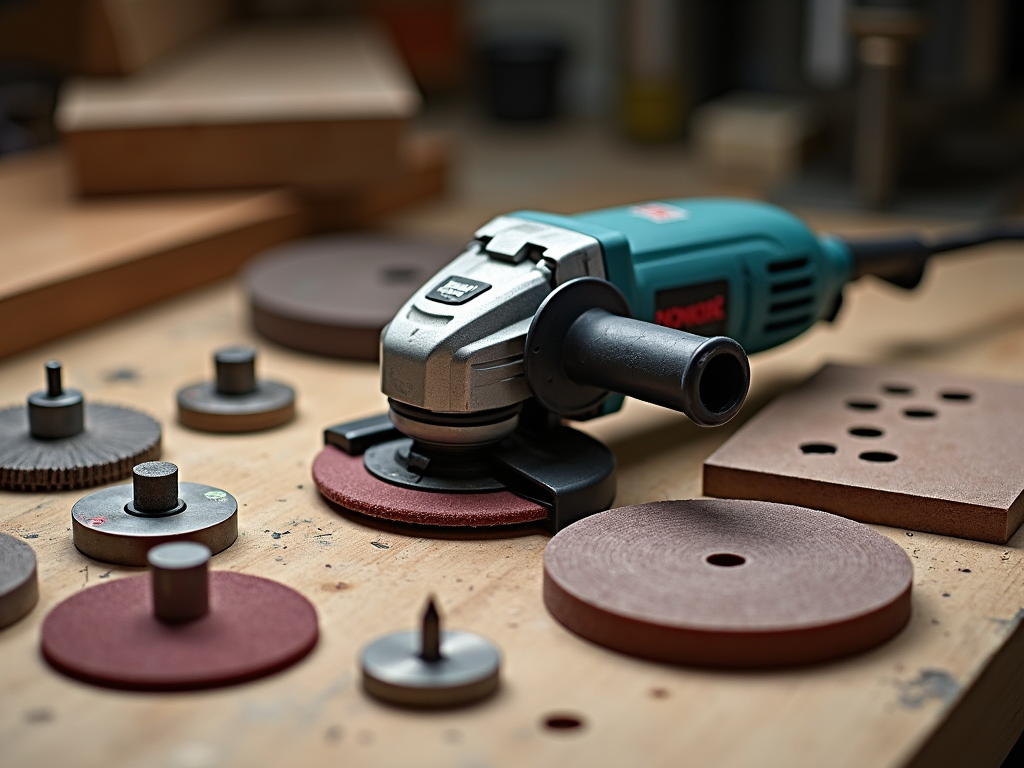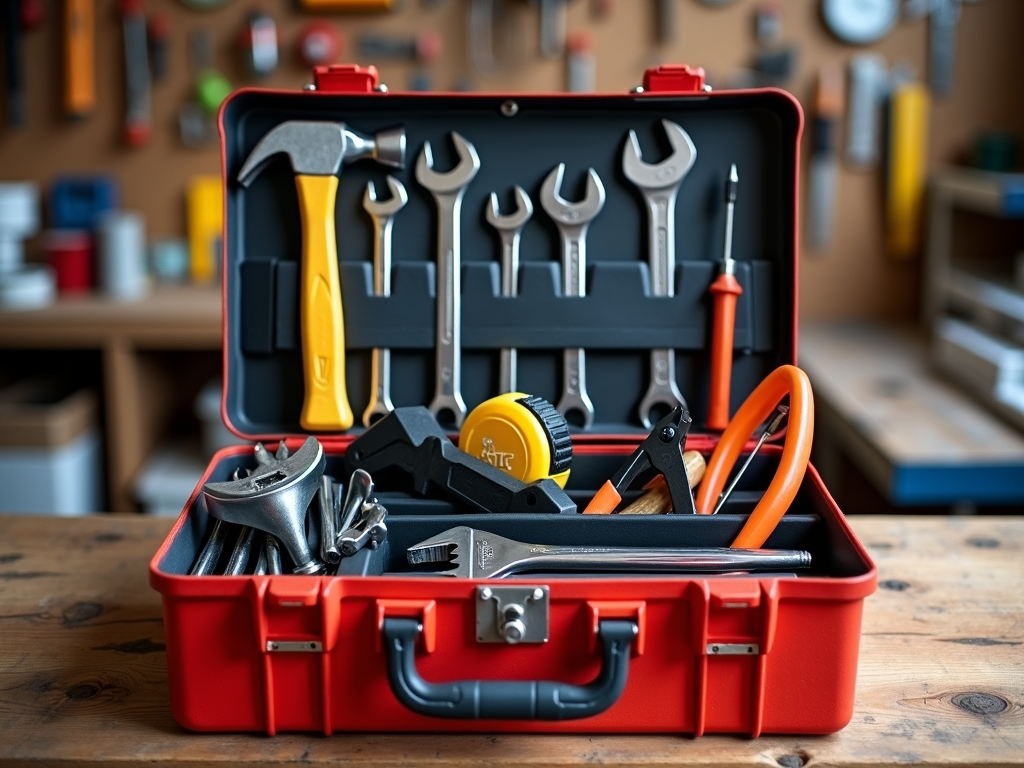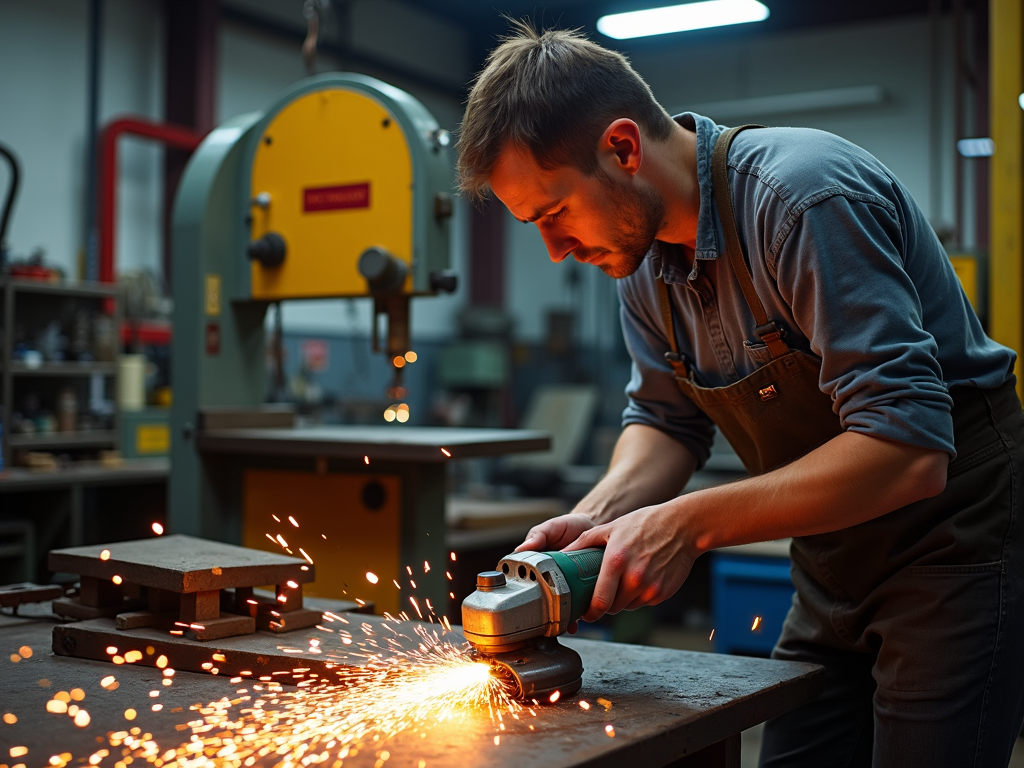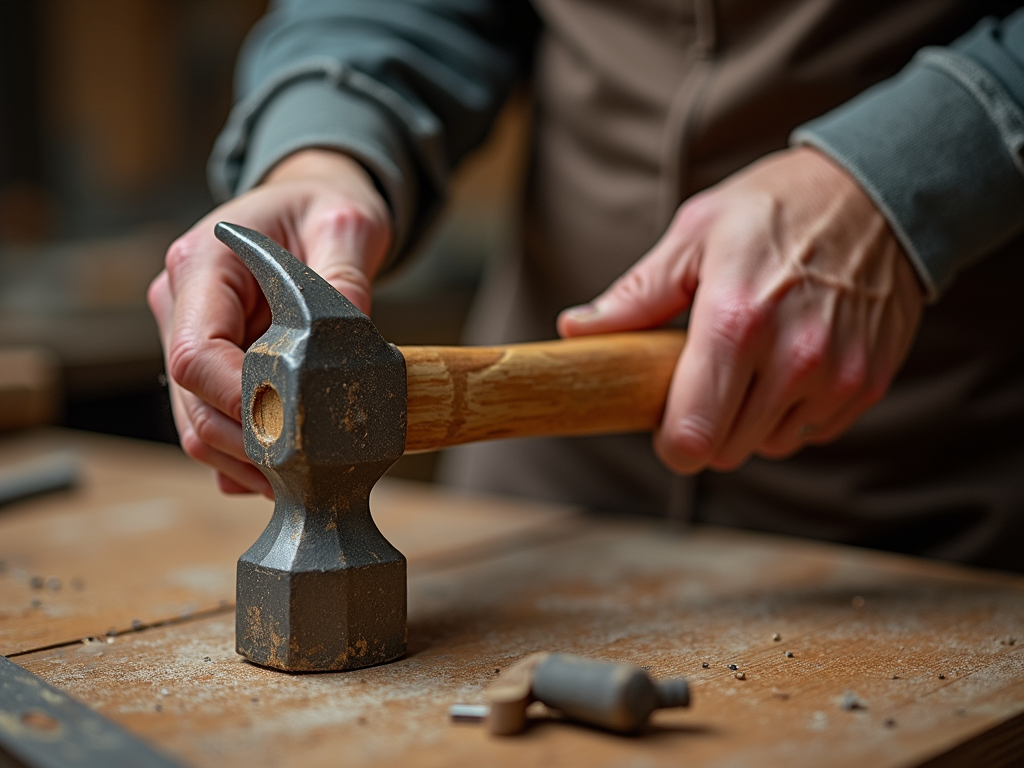Overview
Metalworking is a rewarding craft, but it demands respect for safety. In this guide, you’ll learn how to protect yourself from common hazards in the metalworking shop. We’ll cover essential safety practices, the right workman tools for metalworking, and tips to keep you safe while you work.
Why Safety Matters in Metalworking
When you step into a metalworking shop, safety isn’t optional—it’s a must. The tools and materials you use can hurt you if you’re not careful. Sharp edges can cut, hot surfaces can burn, and flying debris can injure. Thousands of workers get hurt in metalworking accidents every year, says the Bureau of Labor Statistics. But you can stay safe with the right steps.
Here’s a real story: a friend once skipped his safety glasses for a 'quick cut.' A tiny metal piece hit his eye, landing him in the emergency room. That taught me safety gear isn’t something to skip. No matter your experience, always put safety first.

Understanding the Hazards
You need to know the risks before you can stay safe. Here are the big ones in a metalworking shop:
- Cuts: Sharp tools and metal edges can slice your skin easily.
- Burns: Hot metal or tools like soldering irons can burn you badly.
- Eye Injuries: Sparks and bits of metal can fly into your eyes.
- Hearing Damage: Loud machines can hurt your ears over time.
- Breathing Problems: Dust and fumes can get into your lungs.
Each danger needs its own fix, and we’ll get into those next.

Personal Protective Equipment (PPE)
PPE is your shield against harm. Here’s what you need and why:
| Gear | Why You Need It |
|---|---|
| Safety Glasses | Keep debris and bright light out of eyes |
| Gloves | Protect hands from cuts and burns |
| Ear Protection | Lower noise from machines |
| Respirator | Stop dust and fumes from reaching lungs |
| Steel-Toe Boots | Save feet from heavy falling stuff |
| Apron | Block sparks and hot bits from your body |
Pick gear that fits you and matches the job. For welding, get a helmet with a dark lens. Keep your PPE in good shape—clean your glasses, swap out old gloves, and check your respirator often.
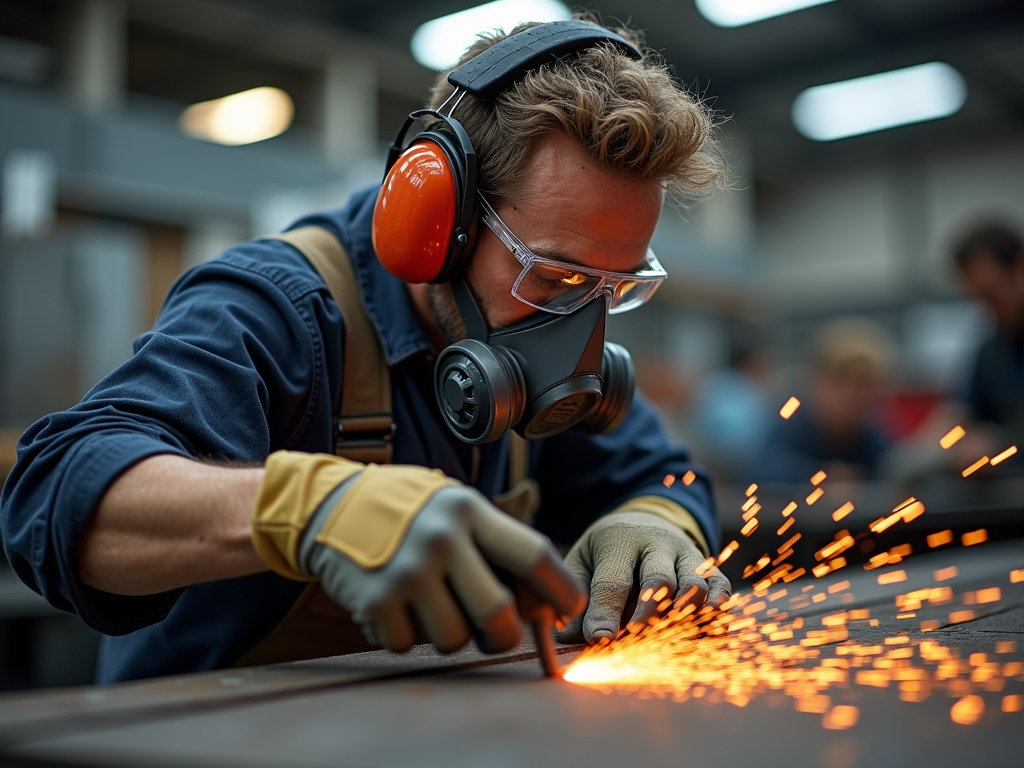
Safe Use of Hand Tools and Workman Tools
Hand tools make metalworking possible, but they can bite if you’re careless. Let’s look at some basics:
- Hammers: Pick the right size. Hold tight and hit straight so it doesn’t slip.
- Chisels: Keep them sharp—dull ones slip more.
- Files: Always use a handle. Push away from yourself.
- Saws: Use a sharp blade meant for metal.
Follow these rules:
- Do: Check tools for cracks before using. Put them away after.
- Don’t: Use a tool wrong, like prying with a chisel. Don’t leave them lying around.
Good workman tools for metalworking make things safer and easier. Buy quality and learn how to use them right.

Setting Up a Safe Workspace
Your shop setup can prevent accidents. Try these tips:
- Stay Clean: Sweep up metal bits and dust so you don’t trip.
- Bright Lights: Light your space well to see everything.
- Fresh Air: Open windows or use a fan to clear fumes.
- Tool Spots: Keep tools on a pegboard or in a box.
- Safety Stuff: Have a first aid kit, fire extinguisher, and emergency numbers handy.
Make sure your workbench doesn’t wobble and is at a height that feels good to use.

Emergency Procedures
Accidents happen even when you’re careful. Here’s what to do:
- Cuts: Press down to stop bleeding. Wash it, bandage it, and see a doctor if it’s deep.
- Burns: Run cool water over it—skip the ice. Cover it with a clean cloth.
- Eye Hits: Don’t rub. Rinse with water and get help fast.
- Big Injuries: Call 911 right away.
Know how to turn off machines quickly. Mark the shut-off switches so you can find them in a pinch.
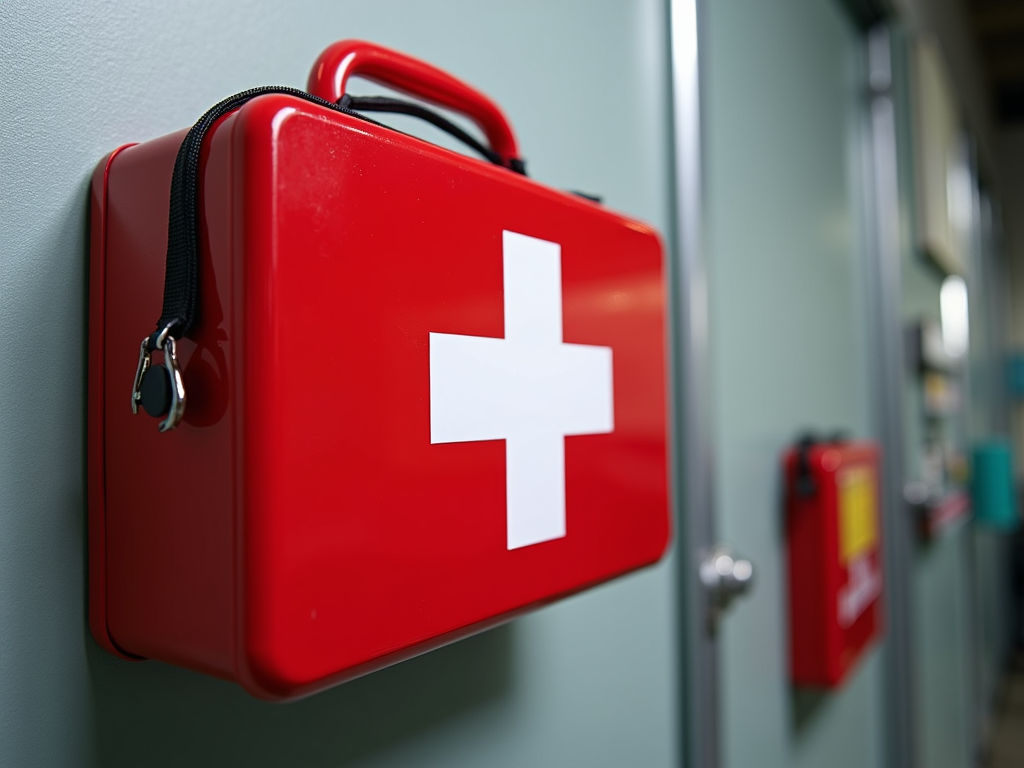
Ongoing Training and Education
Safety isn’t something you learn once and forget. Keep it fresh by:
- Reading safety guides.
- Going to training classes.
- Talking with other metalworkers online.
Even if you’ve been at it for years, there’s always more to learn about staying safe.
Summary
Metalworking takes skill and care, but safety comes first. Know the risks, wear your gear, use hand tools and workman tools right, keep your shop in order, be ready for emergencies, and never stop learning. Follow these steps, and you’ll thrive in the metalworking shop without getting hurt.
Related Safety First: Protecting Yourself in the Metalworking Shop:
- Advanced Safety Techniques for Experienced Metalworkers
- Breaking It Down
- Ultimate Guide to Mobile Storage Carts for Tools
- Tool Maintenance: Tips for Longevity
- The History of Black & Decker: Pioneers of Power Tools
- The Benefits of Using a Rotary Tool: A Must-Have for Every Craftsman
- Essential Tools Every Workman Must Have: A Comprehensive Guide
- Mastering Metalwork: A Comprehensive Guide to Workman Tools
- The Art of Organization: Keeping Your Workspace Tidy and Functional
- The Future of Industrial Automation: Trends, Technologies, and Impacts
- 10 Must-Have Tools for Every Craftsman
- How to Maintain Your Workman Tools for Longevity


